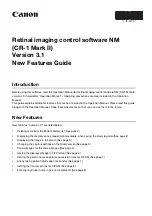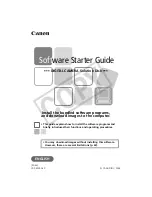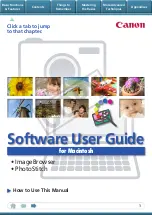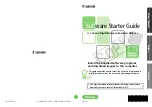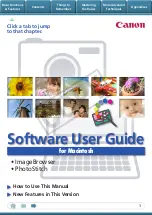
<td><input type="password" id="snamepwd" value=""></td>
</tr>
</table>
<p class="bodyText"> Before you can use your smartcard, you need a
password to protect it.</p>
<table>
<tr>
<td><p >Password:</p></td>
<td><input type="password" id="pintf" name="pintf"
value=""></td>
<td><p >Re-Enter Password:</p></td>
<td><input type="password" id="reenterpintf"
name="reenterpintf" value=""></td>
</tr>
</table>
<br>
<table width="100%">
<tr>
<td align="right">
<input type="button" id="enrollbtn" name="enrollbtn"
value="Enroll My Smartcard"
onClick="DoEnrollCOOLKey();">
</td>
</tr>
</table>
</body>
</html>
Example 4.2. Customizing the Smart Card Enrollment User Interface
6. Managing Smart Cards
The Manage Smart Cards page contains many of the operations that can be applied to one of
the keys. This page allows users to format the token, set and reset the card's password, and
show the card information. Two other operations, enrolling tokens and viewing the diagnostic
logging, are also accessed through the Manage Smart Cards page. These are addressed in
other sections.
Chapter 4. Using the Enterprise Security Client
32
Summary of Contents for CERTIFICATE SYSTEM ENTERPRISE - SECURITY GUIDE
Page 2: ...Red Hat Certificate System Enterprise Security Client Guide ...
Page 4: ...Red Hat Certificate System Enterprise Security Client Guide ...
Page 6: ...vi ...
Page 10: ...4 ...
Page 12: ...6 ...
Page 18: ...Figure 3 5 Beginning Installation Chapter 3 Installation 12 ...
Page 26: ...20 ...
Page 59: ...Index 53 ...
Page 60: ...54 ...































